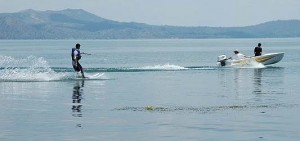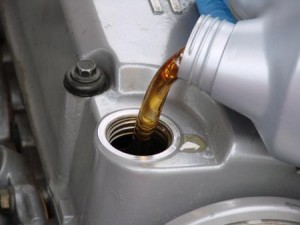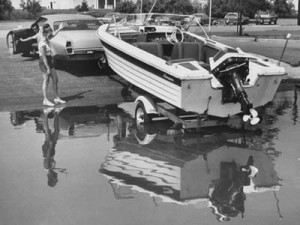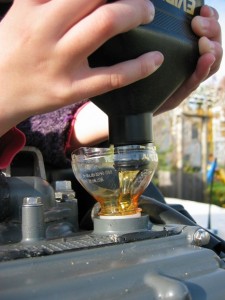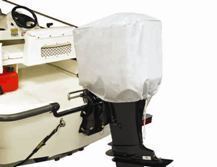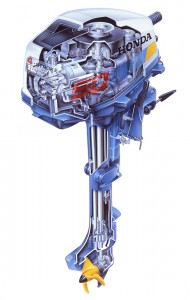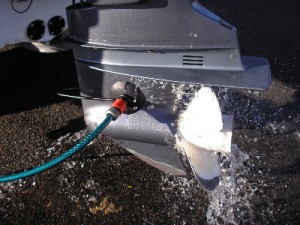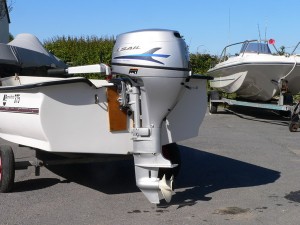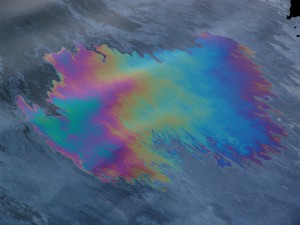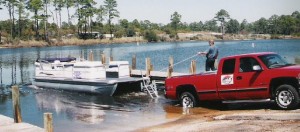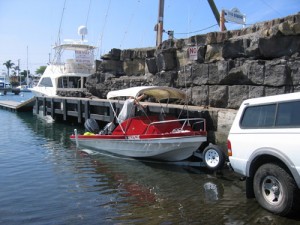Pulling a Water Skier: Part Two
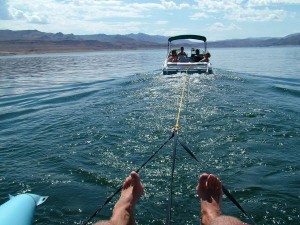 Once the towrope is taut, give it some gas and accelerate smoothly. A quick caveat before we continue with how to pull a skier: Be sure to adjust your ratio of gasoline to Yamalube oil carefully to ensure peak engine performance. Many people accelerate too slowly, which means the skier will be dragged under the water. Note that if the skier is only using one ski, you will want to give the boat a little extra juice.
Once the towrope is taut, give it some gas and accelerate smoothly. A quick caveat before we continue with how to pull a skier: Be sure to adjust your ratio of gasoline to Yamalube oil carefully to ensure peak engine performance. Many people accelerate too slowly, which means the skier will be dragged under the water. Note that if the skier is only using one ski, you will want to give the boat a little extra juice.
After the skier is up, settle in at your cruising speed and head for open water. When making a turn, begin by angling the boat slightly to one side, then bringing it back around in a circle to the other side. Be sure to maintain your speed throughout the turn, as the boat will naturally slow down. Once the circle is complete, straighten your boat out so you are going the opposite direction from which you came. Tomorrow we’ll go over the protocol for when the skier goes down and cover some general safety tips.


